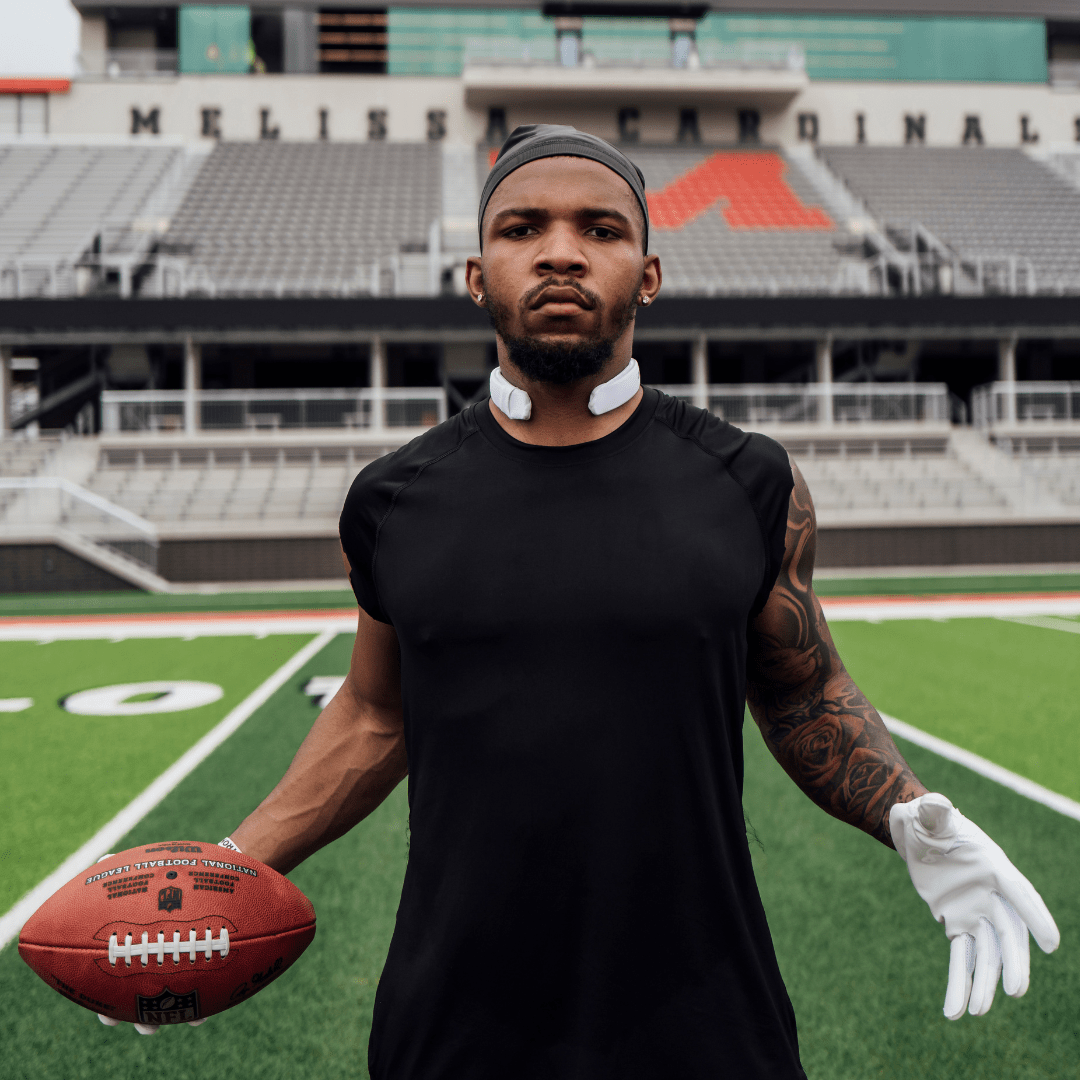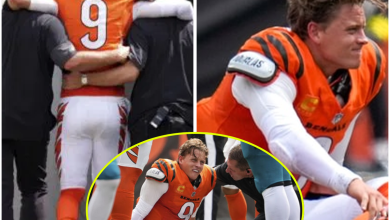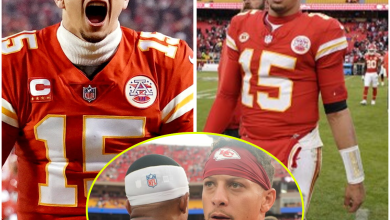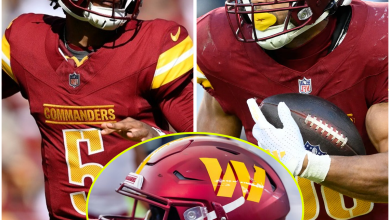More Than a Helmet: The Q-Collar Is the NFL's New Frontier in the War Against Brain Injury
If you’ve been watching professional football lately, you may have noticed something new. Tucked just above the shoulder pads and beneath the helmet, a growing number of players are wearing a sleek, dark band around their necks. It’s not a fashion statement or a piece of jewelry. It’s called the Q-Collar, and it represents one of the most significant and talked-about advancements in player safety in years. In a league constantly grappling with the brutal physics of high-speed collisions, this unassuming device is at the forefront of a new philosophy: protecting the brain from the inside out.
For generations, the helmet has been the symbol of football safety. Its evolution from simple leather caps to today’s high-tech polycarbonate shells has been focused on one primary goal: preventing skull fractures. And at that, it excels. But the helmet has a critical, inherent limitation. It can protect the box, but it can’t protect what’s inside the box. During a violent tackle or a jarring hit, a player's head may stop, but their brain, floating in cerebrospinal fluid, keeps moving, slamming against the hard interior of the skull. This is the mechanism behind concussions and the microscopic tearing of neurons that, over time, can lead to devastating long-term conditions like Chronic Traumatic Encephalopathy (CTE).

This is the exact problem the Q-Collar was designed to solve.
Developed by Q30 Innovations over a decade of rigorous research and testing, the device's function is both elegantly simple and scientifically profound. The collar applies a very light, almost imperceptible pressure to the internal jugular veins on the sides of the neck. This doesn't restrict blood flow to the brain, but rather slightly slows the blood’s exit. The result is a small increase in blood volume within the cranium's venous structures. That tiny bit of extra fluid acts like a natural bubble wrap, filling the small gaps around the brain and reducing its ability to move or “slosh” during an impact. The brain essentially fits more snugly within the skull, better braced for the inevitable collisions of the game.
The data behind it is compelling. After being tested in 28 independent studies, Q30 claims the device can reduce damage to brain neurons by over 80 percent. This research, conducted on athletes from youth leagues all the way to the Olympic level, was convincing enough for the U.S. Food and Drug Administration (FDA) to grant the Q-Collar clearance for athletes aged 13 and older, a significant stamp of approval.
The science is one thing, but buy-in from the players is another. In the NFL, a league where tradition and toughness are paramount, adopting new equipment can be a slow process. Yet, the list of Q-Collar adherents is growing fast and includes some of the league’s most respected players.

Tennessee Titans running back Tony Pollard is one of them. He spoke candidly about his motivation, which extends far beyond the current season. “I’ve seen guys retire and not be able to move the same as before,” Pollard explained. “I feel like wearing the Q-Collar will definitely help me.” His words echo a sentiment spreading through modern locker rooms—an acute awareness of the game’s long-term toll. Today’s players have seen the heartbreaking stories of past legends who struggled in retirement, and they are proactively seeking ways to protect their future health.
For Carolina Panthers linebacker Shaq Thompson, the decision was deeply personal. He was encouraged to try the collar by his friend and former teammate, Luke Kuechly, a perennial All-Pro whose brilliant career was cut short by a series of concussions. Kuechly’s experience served as a stark, close-to-home warning for Thompson. “CTE is real and I’d do anything to help protect my brain,” Thompson stated, acknowledging the importance of his well-being for his family. It’s a choice made not just as an athlete, but as a father and a husband.
The movement is spreading across positions and teams. Bills safety Taylor Rapp, Texans tight end Dalton Schultz, Bears running back Khalil Herbert, and Bengals linebacker Logan Wilson are just a few of the other names who have been spotted wearing the device. It’s a telling sign when players in some of the most physically demanding roles—running backs absorbing hits, linebackers delivering them—are embracing this new layer of protection.

The Q-Collar’s arrival comes at a critical time for the NFL. The league has made significant strides in safety, from implementing strict concussion protocols and penalizing dangerous hits to continuously testing and banning helmets that don't meet evolving safety standards. But these are all external solutions. The Q-Collar supplements them by addressing the internal dynamics of brain injury. It’s not meant to replace the helmet but to work in tandem with it, creating a more comprehensive safety system.
Furthermore, its impact may be felt far beyond the bright lights of NFL stadiums. With FDA clearance for teen athletes, the Q-Collar is finding its way into other high-impact sports like lacrosse, hockey, and soccer, where concerns over head trauma, especially from repeated headers, are growing. For millions of parents, the decision of whether to let their children play contact sports is agonizing. A device that can demonstrably reduce the risk of brain injury could be a game-changer, offering a new level of peace of mind.
Of course, no single piece of equipment is a cure-all. The risk of injury will always be a part of a sport as physical as football. But the Q-Collar represents a fundamental shift in how we approach the problem. For the first time, technology is providing a plausible way to stabilize the brain inside the skull. It’s a proactive measure, not a reactive one. It’s a small band of plastic and foam that carries the weight of a huge idea: that a player’s health after their career is just as important as their performance during it. The next time you see that strange collar on the field, you’ll know you’re not just looking at a piece of gear. You’re looking at the future of player safety.



